Japan’s singular cityscapes and extraordinary natural beauty has meant many filmmakers have used the country as a setting for movies. Whether Hollywood productions or homegrown Japanese works, Japan has been the backdrop to an incredible array of memorable films.
From Tokyo’s futuristic skyscrapers to the mystical landscapes of Nagasaki, the multiplicity of unique settings in Japan means the country is an ideal setting for a dizzying range of stories, from contemplative black comedies to neon-lit sci-fi epics.
Join us as we run through some stand out movies and their filming locations in Japan. And while we have you with us, please consider booking a place on one of our Japan City Tours for the culturally curious.
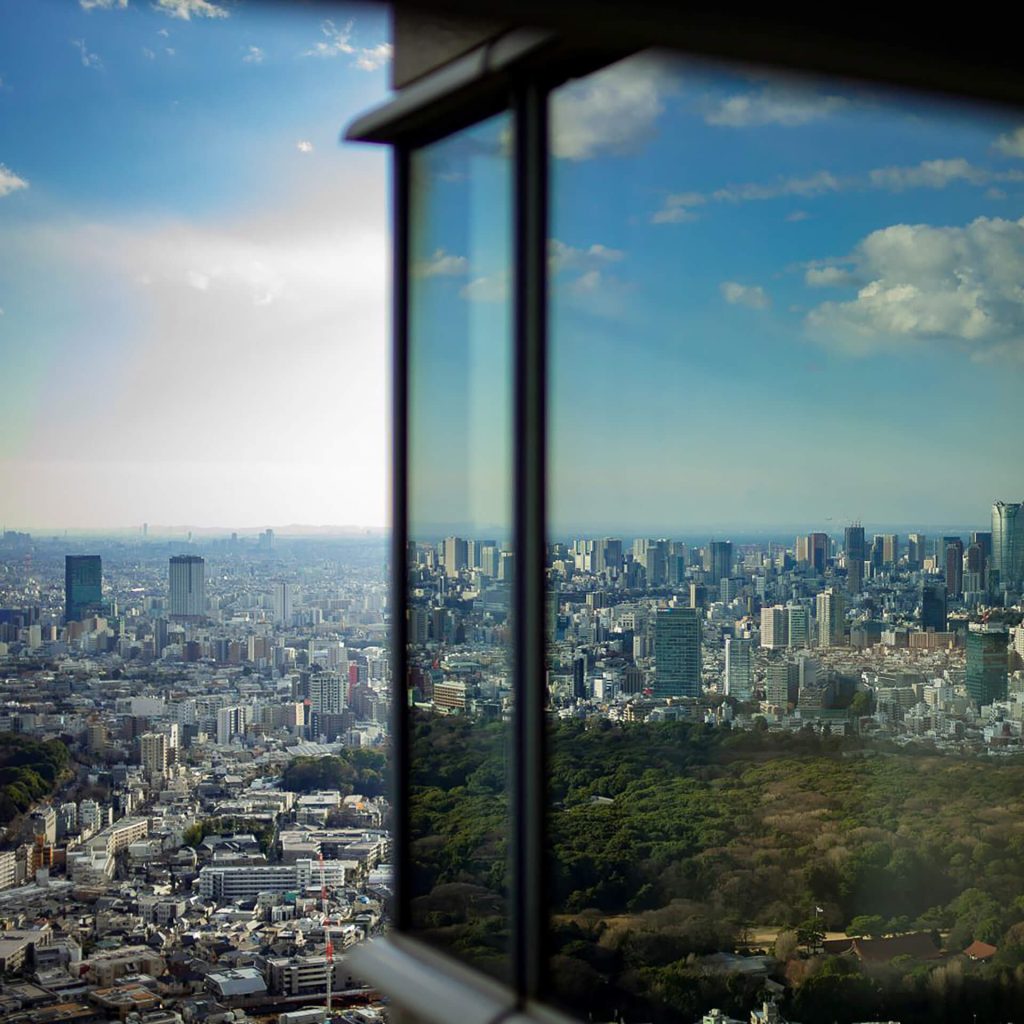
Park Hyatt Hotel, Tokyo – Lost in Translation
Perched atop the Shinjuku Park Tower, the Park Hyatt Tokyo is a luxury hotel that acted as the backdrop for one of the most well-received comedies in recent cinematic history. Occupying the top 14 floors, this 5-star accommodation offers breathtaking views of the sprawling cityscape below.
The hotel was used for several poignant scenes featuring the character of Charlotte (played by Scarlett Johansson) in Lost In Translation. The hotel’s elegance and its iconic bar, where Scarlett Johansson and Bill Murray shared introspective moments, were the perfect setting for Sophia Coppola’s Oscar-winning narrative. As night falls at the Park Hyatt Hotel, the thousands of twinkling city lights outside create a mesmerizing backdrop.
Unzen Jigoku (Unzen Hell) – Silence
Nestled in Nagasaki Prefecture, Unzen Jigoku, also known as Unzen Hell, is a hauntingly beautiful hot springs area with a turbulent past, vividly depicted in Martin Scorsese’s Silence.
While the film was shot in Taiwan, the real Unzen Jigoku exudes an aura of solemnity hinting at the site’s deep historical roots. Visitors can witness the billowing sulfuric steam and visit the cross marking the site of the martyrdom of hidden Christians, a scene powerfully portrayed by Liam Neeson’s character in Scorsese’s movie.
The nearby Twenty-Six Martyrs Museum further deepens the narrative, housing artifacts like Our Lady of the Snows, a tangible connection to the film’s soul-stirring storyline.
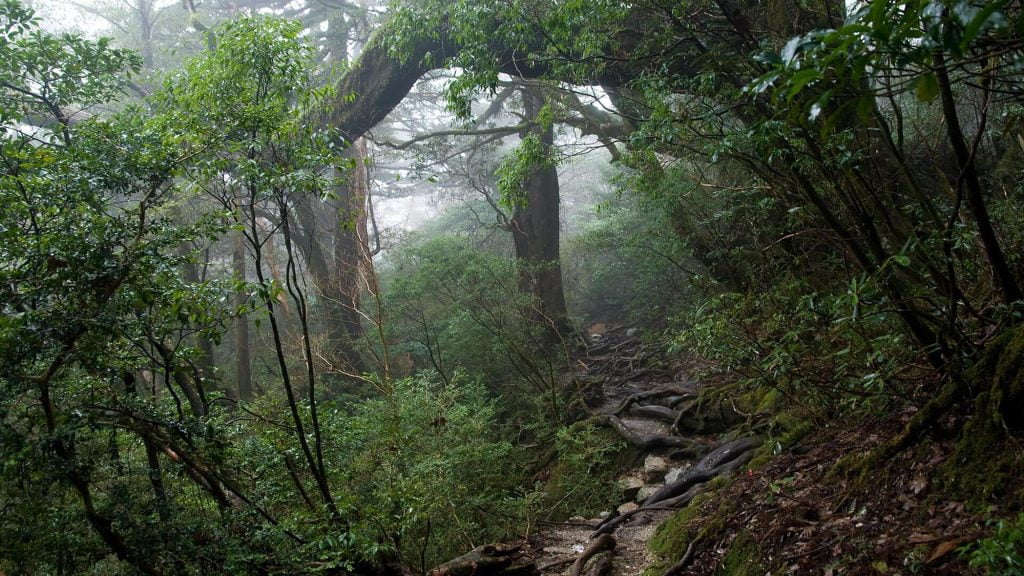
Yakushima Island, Kagoshima – Princess Mononoke
Yakushima Island is a natural masterpiece, an untouched paradise that sparked the imagination of Hayao Miyazaki during the creation of Princess Mononoke. The island’s lush, dense forests and ethereal ambiance transport visitors into the film’s mystical world, where nature’s unspoiled beauty reigns supreme.
Upon arrival, the island’s tourist office greets visitors with characters from the film, setting the stage for an enchanting exploration.
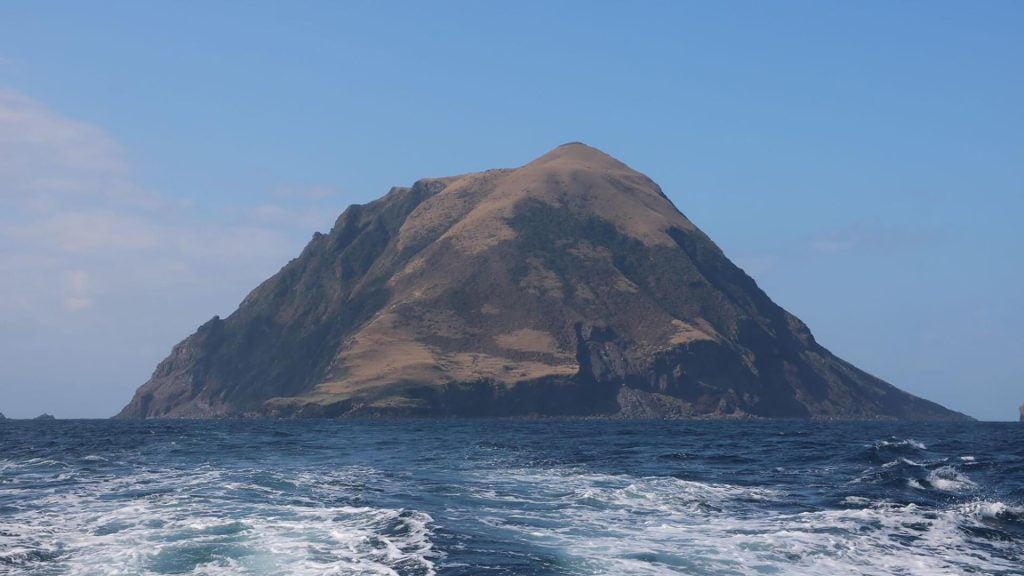
Hachijo Kojima Island (Battle Royale)
The remote Hachijo Kojima Island, accessible by an 11-hour boat journey from Tokyo, is an enigmatic site that served as the backdrop for the intense Japanese cult classic Battle Royale. While the island’s eerie ambiance will remind one of the film’s disturbing narrative, visitors can engage in more peaceful activities such as diving and fishing, and generally embracing the island’s natural beauty.
The contrast between the film’s violent storyline and the tranquil, real-life charm of the island offers a memorable experience. If you have the chance, make the journey to Hachijo Kojima Island and pay tribute to the film that seemed to spawn a hundred rip-offs.
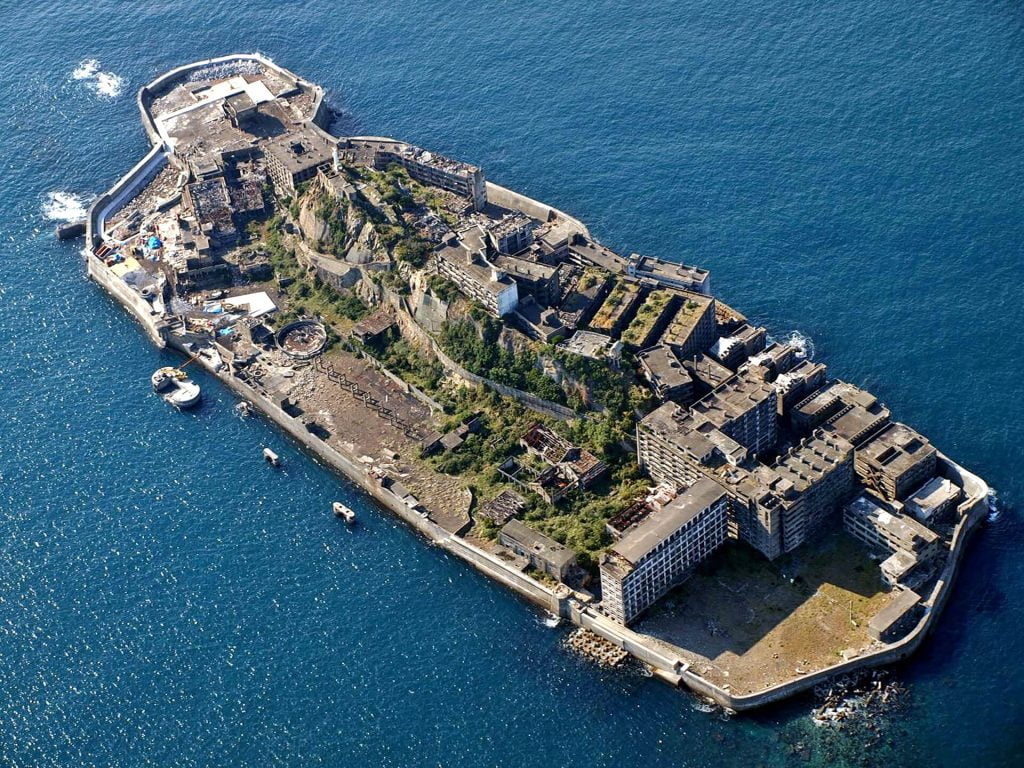
Hashima Island, Nagasaki – Skyfall
Hashima Island, also known as Gunkanjima (Battleship Island), is an abandoned site that provided the surreal backdrop for Daniel Craig’s gripping confrontation with Javier Bardem in Skyfall.
Once a bustling mining island, Hashima Island’s deserted buildings and silent streets now offer a glimpse into a forgotten era. Although the deteriorating structures required the film’s scenes to be recreated on set, visitors can safely explore the island’s ghostly charm through tours from Nagasaki Harbour, experiencing the ghostly, desolate beauty that captivated James Bond fans worldwide.
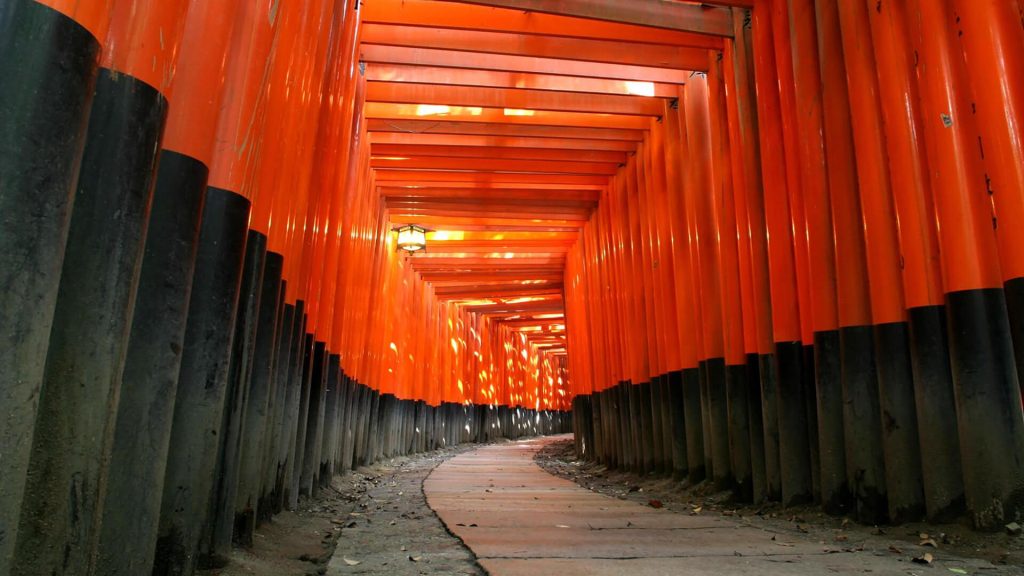
Fushimi Inari, Kyoto – Memoirs of a Geisha
Fushimi Inari Shrine in Kyoto is a hypnotizing sight, with its thousands of vermilion torii gates creating a disorientating tunnel, as beautifully depicted in Memoirs of a Geisha. The iconic gates, symbolizing the transition from the mundane to the sacred, set the scene for young Sayuri’s poignant journey in the film.
The shrine, a sacred site open 24/7, invites visitors to wander through its pathways, experiencing the quiet beauty that frames one of the most visually striking moments in the film, and offering an escape into the heart of Japan’s uncanny spiritual heritage.
For maximum comfort and convenience, why not journey to Fushimi Inari with Pinpoint Traveler on our Private Car Tour of Kyoto (8hr and 10hr tour options available) – see the city’s most renowned landmarks and gain insider knowledge from our local guides.
Engyoji Temple, Himeji (The Last Samurai)
Engyoji Temple, located on the top of Mount Shosha in Himeji, offers a atmospheric, spiritual retreat that beautifully captured the essence of traditional Japan in The Last Samurai. The temple’s tranquil courtyards and ancient wooden structures provided a wonderfully memorable backdrop for the film, reflecting the introspective journey of its central characters.
Journey through Japan’s iconic film locations to enjoy a blend of cinematic storytelling and cultural exploration, where each site offers its own story which is sure to enrich your viewing experience when you return to the films.
Please browse our Guided Japan City Tours – there’s no better way to experience new city’s than in the company of passionate, expert locals. If you have any questions, please get in touch.

Leave a Reply